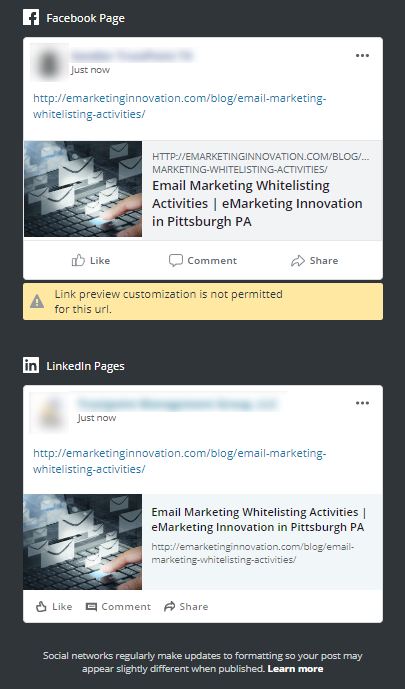
Knowledge Transfer for Digital Marketing
Turnover can be prevalent in digital marketing roles especially for trainers, consultants, or professional coaches that are running small firms. In the day-to-day hustle and bustle documenting those processes is rarely even on the radar. However, a sudden departure can leave critical gaps in digital marketing processes that are either time consuming to recreate or impossible to recover.
Job tenures are not getting longer and that trend seems to show no signs of slowing down. That means that firms with a dedicated marketing employee or marketing partners can expect a departure about every four years on average. So it’s a good idea to diversify your digital marketing knowledge.
Lacking a knowledge transfer plan typically results in digital marketing taking a significant step backward. Years’ worth of improvement can disappear suddenly as an employee or partner departs. Backfilling those processes often means starting from scratch or scrambling to make guesses on how campaigns were run and what is effective. That’s a recipe for rampant disorganization that will result in mistakes (old and new) and a loss of marketing effectiveness.
There’s a few strategies for accomplishing digital marketing knowledge diversification:
Have a bench
Having a more junior person(s) working on at least some of the digital marketing in conjunction with the primary marketing professional means that they can at least familiarize themselves with the processes. A known departure becomes less daunting as there is a person on hand that doesn’t need to learn the processes from the ground up and can transition into the role. A sudden departure means that processes won’t grind to a halt and that the more junior person can at least keep things limping along until they become more proficient.
Have a constant
Some firms have a dedicated marketing professional but work in conjunction with an external digital marketing service or provider. This is often the case when a skill or technical gap is identified. However, it can serve as a secondary benefit in that the partner is likely familiar with at least some of the overarching processes and can help fill in with some additional processes until a dedicated replacement is identified.
Documentation
A well-documented process can serve as a manual to transition responsibilities but only if the document is thorough. Often role documentation is done as an afterthought and the person creating the documentation has no tangible motivation to create it or keep it up to date. If your strategy is to transfer knowledge via documentation, it’s imperative to have a defined process for keeping the documentation up to date.
Knowledge transfer typically only becomes a priority when a firm experiences a significant role loss. Unfortunately options are very limited when a person is about to move on. Define your knowledge transfer plans so that your digital marketing doesn’t hit the road with a departing employee or partner.
Image Courtesy of pakorn / freedigitalphotos.net



